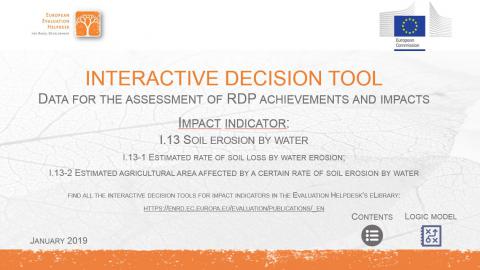
This interactive decision tool is for impact indicator:
I.13 Soil erosion by water
I.13-1 Estimated rate of soil loss by water erosion;
I.13-2 Estimated agricultural area affected by a certain rate of soil erosion by water

This interactive decision tool is for impact indicator:
I.13 Soil erosion by water
I.13-1 Estimated rate of soil loss by water erosion;
I.13-2 Estimated agricultural area affected by a certain rate of soil erosion by water
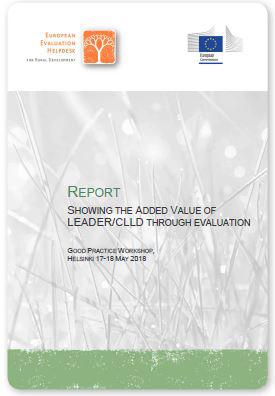
This report summarises the majour outcomes of the Good Practice Workshop, 'Showing the added value of LEADER/CLLD through evaluation', which was co-hosted by the European Evaluation Helpdesk for Rural Development and the Finnish Rural Network (NRN) and Ministry of Agriculture and Forestry.
The workshop aimed at shaping a common understanding and definition of added value and its links with the LEADER/CLLD delivery mechanism and method, exchanging experiences among Member States, and discussing challenges and recommendations on possible evaluation approaches on how to show the added value of LEADER/CLLD.
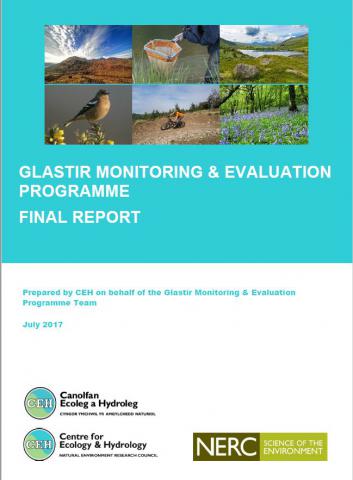
The Glastir Monitoring and Evaluation Programme (GMEP) provides a robust, comprehensive programme to establish a baseline against which future assessments of Glastir can be made. GMEP has used methods from past surveys so results can be evaluated within a longer-term perspective and national trends also reported. The use of models and farmer surveys provides early indicators of the likely direction, magnitude and timing of future outcomes and are presented here. The results indicate variable changes in farmer behaviour and modest benefits to those natural resources for which models are available. Opportunities to improve these outcomes include simplification of the woodland scheme, better targeting of other scheme offerings, and consistent support through time across all schemes to allow for lags in ecological responses.

This document analyses selected evaluation related issues when using the Farm Accountancy Data Network (FADN) data for the assessment of farm competitiveness in agriculture.
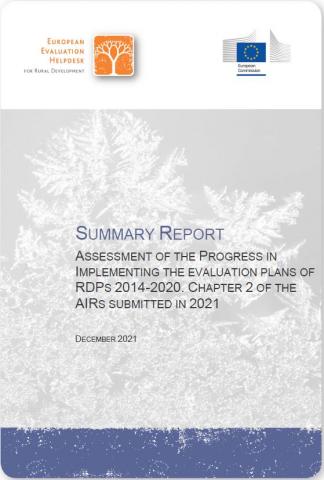
This report describes the progress in implementing the Evaluation Plans (EP) and is based on the screening of Chapter 2 of the Annual Implementation Reports (AIRs) submitted in 2021.

This report is a synthesis of the evaluation components included in Chapter 7 of the enhanced AIRs 2019 to provide an overview of the achievements of the EU’s rural development policy.
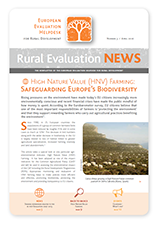
Discover articles on:
Expand your knowledge of:

Discover articles on:
Expand your knowledge of:
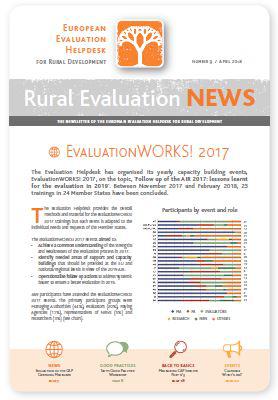
Discover articles on:
Expand your knowledge of:
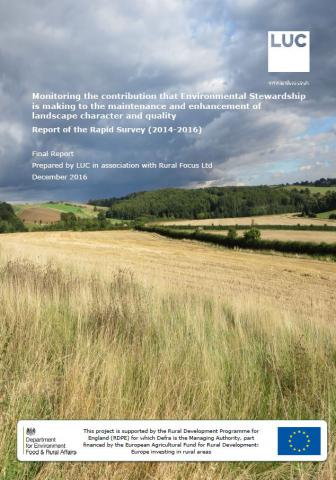
This report looks to:
• assess the impact of Environmental Stewardship (ES) on landscape character and quality in selected areas to be agreed with Natural England at the inception of the contract;
• allow potential comparative research into landscape change over time on holdings where agri-environment agreements cease;
• further develop the survey work undertaken during 2014 to provide a comprehensive baseline to underpin the future monitoring of the landscape outcomes of both ES and CS schemes. This will involve utilising field monitoring techniques developed by ‘BD5303 (Annex 2) and further refined during 2014 in a rapid field survey approach; to propose any further refinements to the rapid assessment methodology where these are identified including provision of recommendations for improvements to future field work undertaken in terms of logistics, potential for co-ordination with other survey teams, recording and reporting mechanisms;
• analyse the field survey results and compare findings with those of the 2014 survey, BD5303 and the NCA threshold results of the LM0429 project (LM0429)